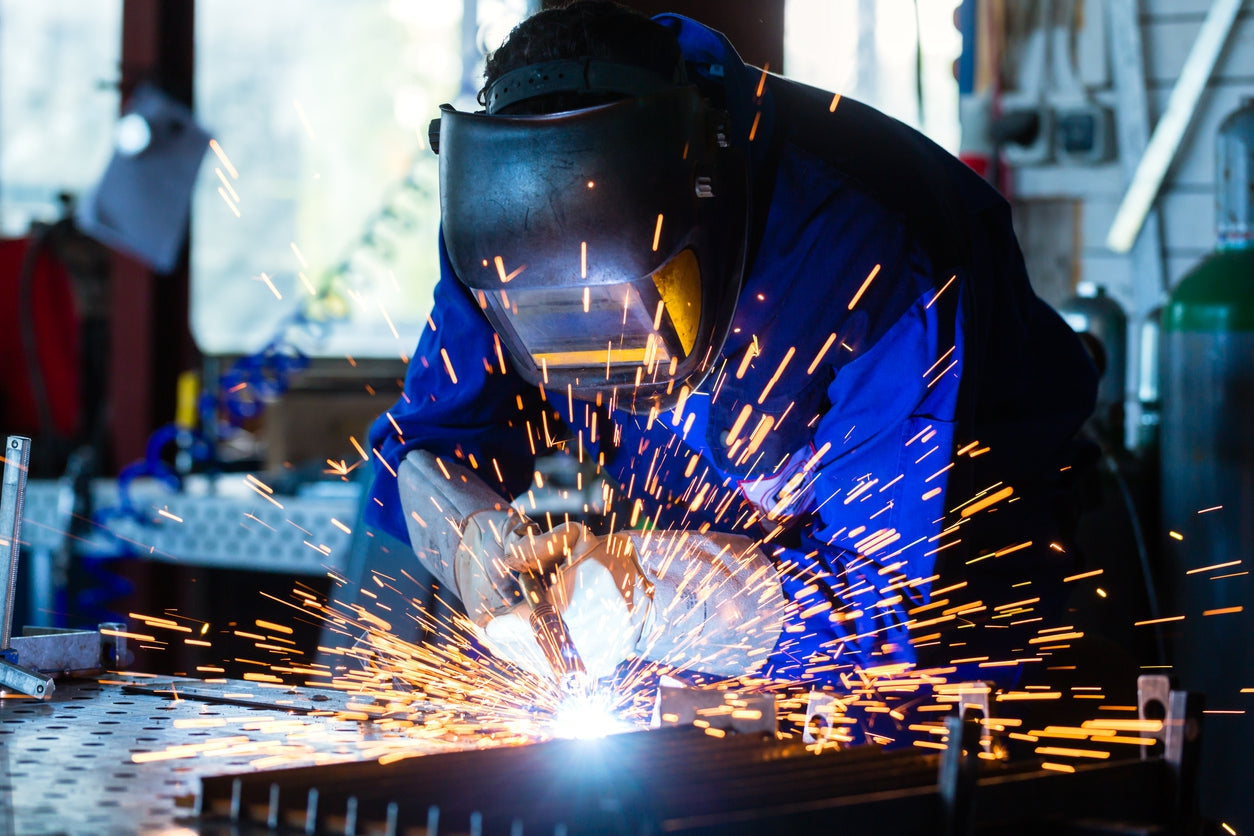Welding is a hazardous job that requires proper personal protective equipment (PPE) to ensure the safety of the welder. And one of the most important pieces of PPE for welders is welding gloves. Welding gloves are designed to protect the hands from the hazards of welding, including heat, sparks, electrical shock, and molten metal, thus helping to ensure the safety and efficiency of welders.
In this article, we will explore the various uses of welding gloves, highlighting their significance in promoting workplace safety and enhancing overall productivity.
Protection against heat and flames
One of the primary functions of welding gloves is to provide heat and flame resistance. Welding processes involve high temperatures, and the intense heat generated can pose significant risks to workers. Welding gloves are typically constructed from durable materials such as leather, which possesses exceptional heat-resistant properties. The gloves act as a barrier between the welder's hands and the extreme temperatures, preventing burns and injuries. Moreover, they offer extended cuffs that protect the wrists from sparks and hot debris.
Protection from electric shock
Welding involves the use of electricity, and welders are constantly exposed to the risk of electric shock. Welding gloves are equipped with insulating properties that provide protection against electrical current. They are designed to minimize the transfer of electric shocks to the hands, ensuring the safety of welders while working with live electrical circuits. The gloves are often tested and certified to meet specific safety standards, further ensuring their effectiveness in electrical hazard protection.
Protection from cuts and abrasions
In addition to thermal hazards, welding gloves offer protection against abrasions and cuts. Welding tasks often involve handling sharp objects, rough surfaces, and potentially dangerous tools. Welding gloves, made from sturdy materials like leather or specialized fabrics, act as a protective barrier against cuts, abrasions, and scratches, reducing the risk of lacerations and injuries. The gloves' durability and resistance to wear ensure they can withstand the rigors of welding work, providing long-lasting protection for the hands.
Protection against sparks and molten metal
Sparks and molten metal are common hazards in welding operations. When welding, small sparks are produced, and droplets of molten metal can splatter, potentially causing severe burns if they come into contact with unprotected skin. Welding gloves are designed with multiple layers of specialized materials to shield against these hazards. The outer layer of the gloves acts as a protective barrier, preventing sparks and molten metal from reaching the skin and causing injury. The inner layers provide thermal insulation, further enhancing the gloves' protective qualities.
Improving grip
While safety is of utmost importance, welding gloves also offer features that promote enhanced grip and dexterity. The gloves are carefully designed to provide a firm grip on welding tools, allowing welders to handle them with precision and control. Reinforced palms and finger areas provide additional durability and dexterity, enabling welders to maneuver and manipulate their equipment effectively. This increased grip and dexterity contribute to improved productivity and work efficiency.
As you can see, welding gloves serve as an indispensable line of defense for professional welders, ensuring their safety and enabling them to perform their work with confidence and efficiency. By providing crucial protection against heat, flames, sparks, molten metal, electrical shocks, and physical hazards, these specialized gloves safeguard welders from potential injuries and allow them to focus on their craft.

